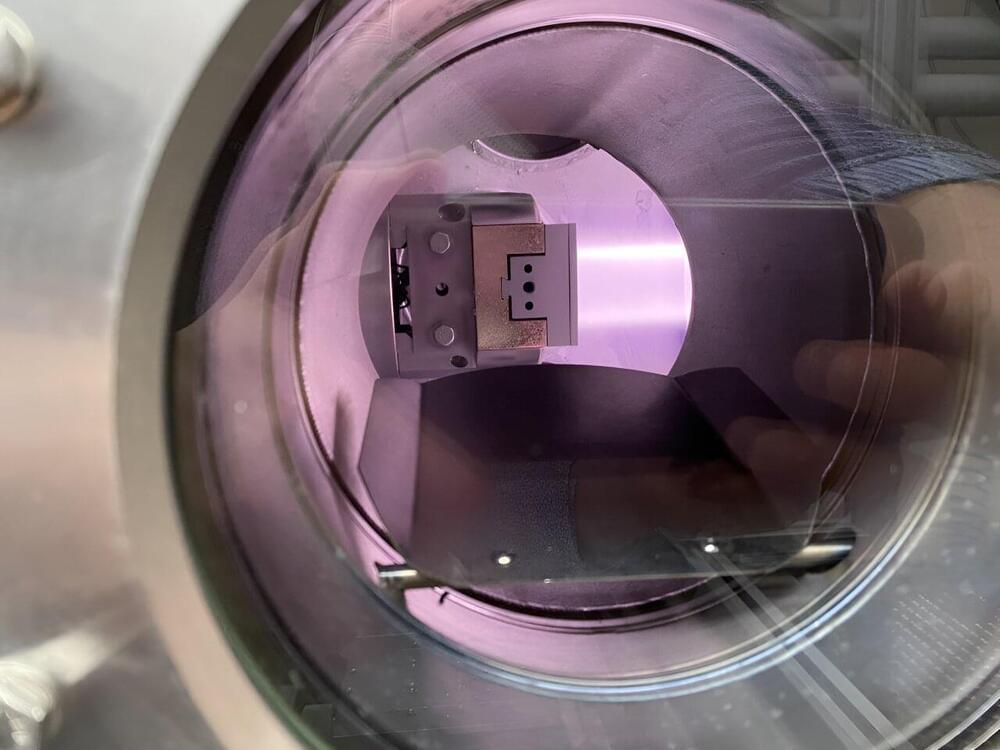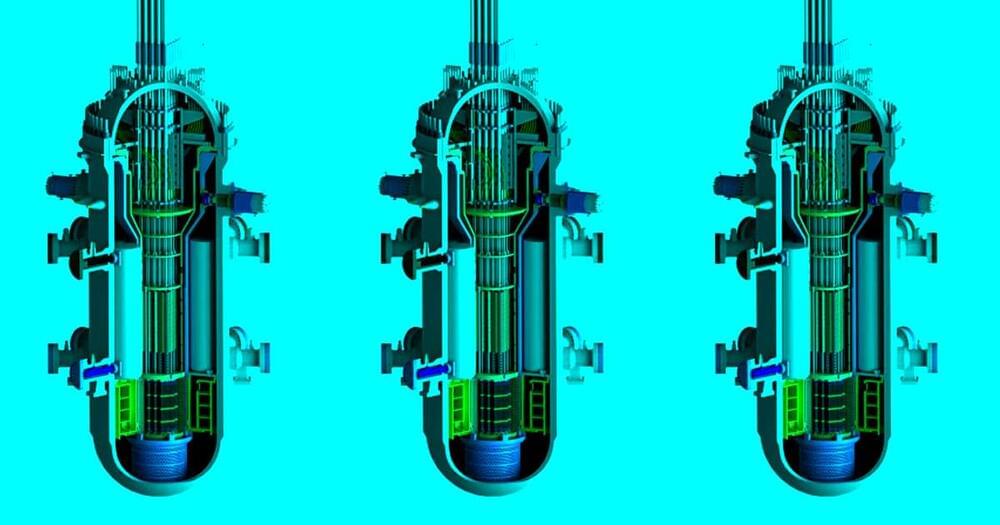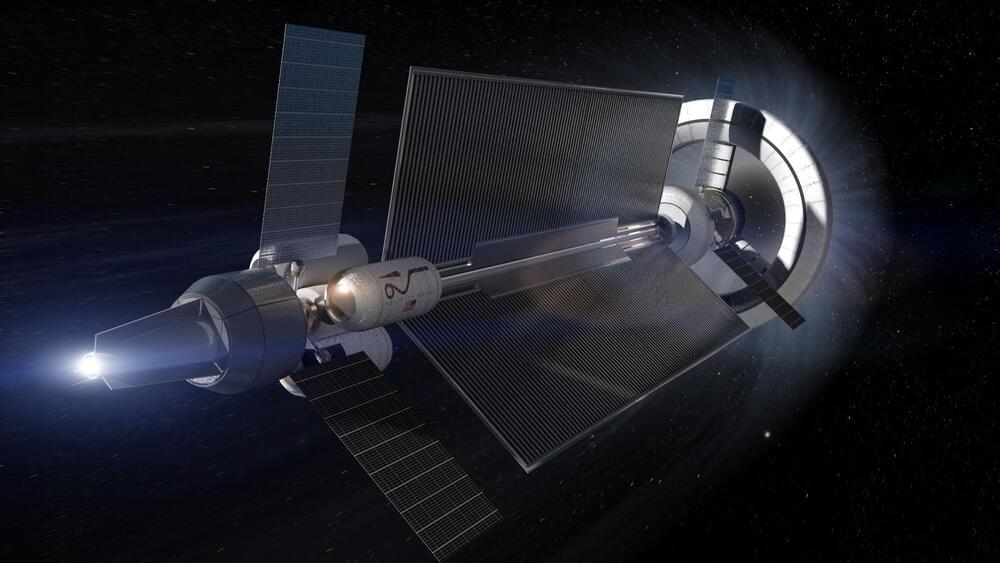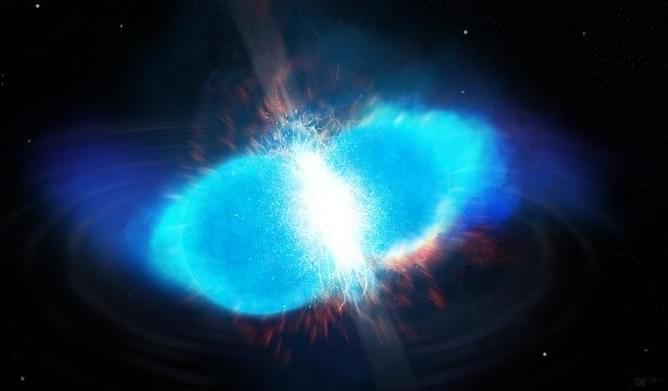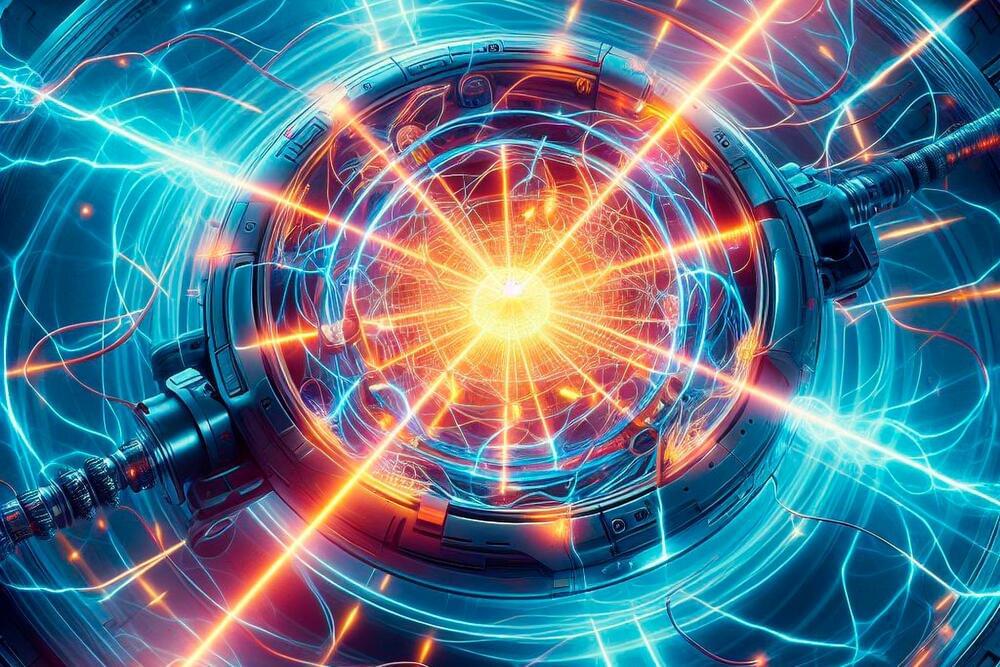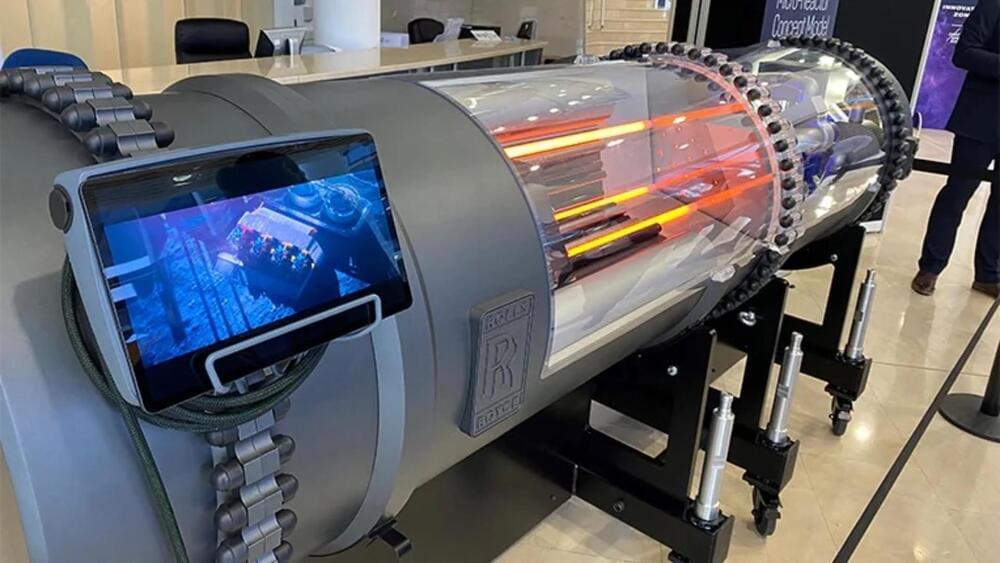Scientists may have found a more efficient water to desalinate water using solar power, according to new research, offering a solution for global water scarcity through the use of renewable energy.
Researchers at Nankai University in Tianjin, China, developed the concept of a solar-powered desalination system that produces fresh water by using smart DNA hydrogels that does not consume additional energy, compared to conventional desalination strategies currently in use, such as reverse osmosis, which use copious amounts of energy, according to a paper published in the journal Science Advances on Thursday.
The same process can be used simultaneously to extract uranium from seawater or treat uranyl containing nuclear wastewater, the researchers said.


